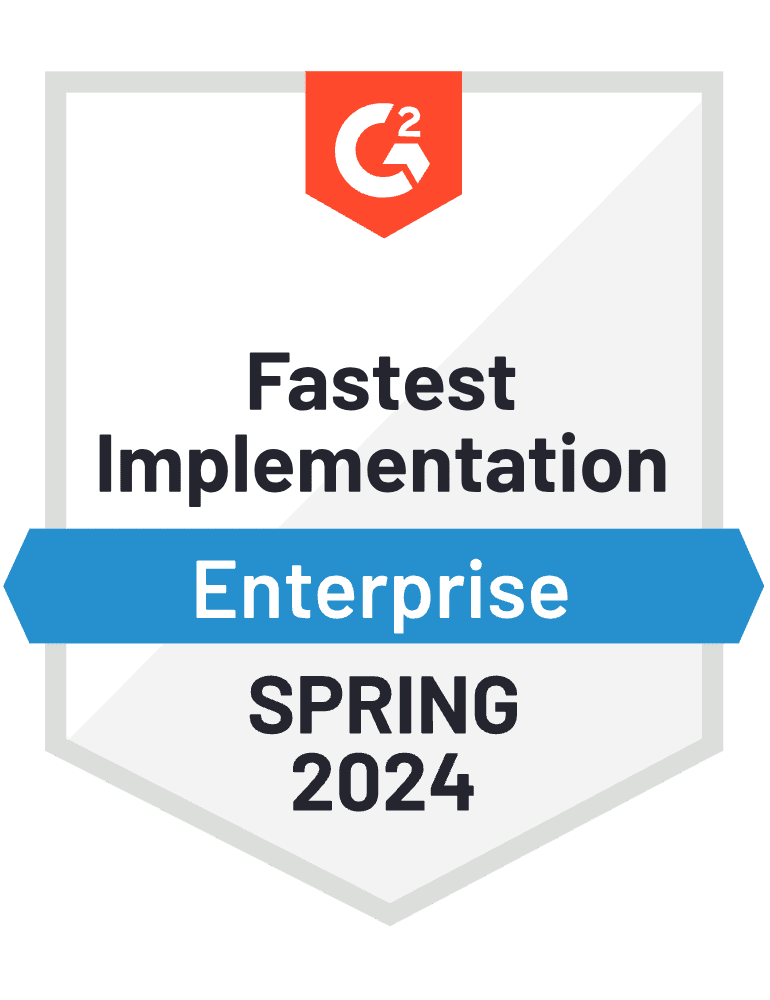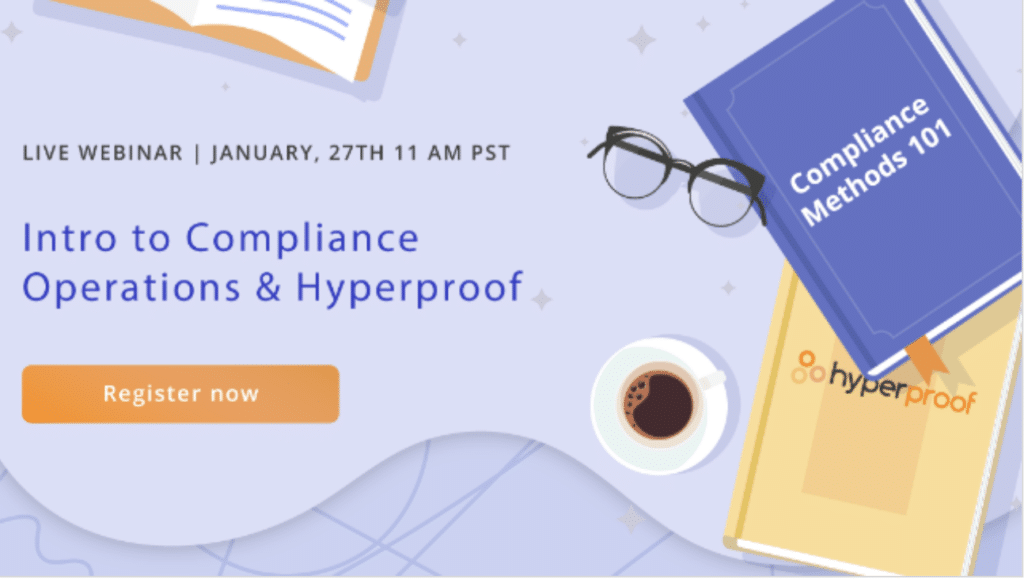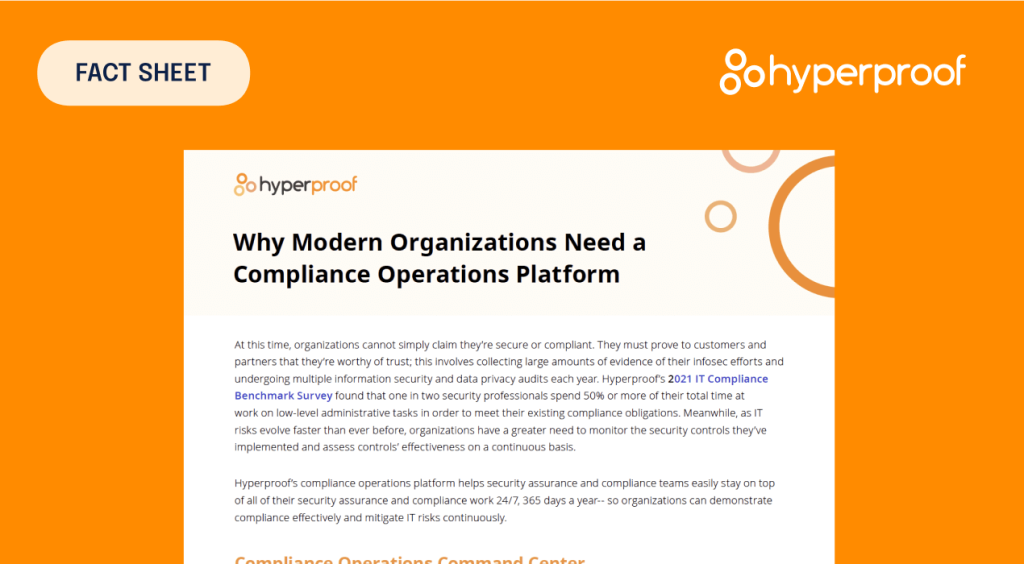Getting Ahead of Compliance Scalability Issues with a Compliance Operations Platform
As an organization approaches the one to the two-year mark of its compliance journey, it’s time to shift from the goal of “passing the annual audit” to “continuous compliance”, or integrating compliance activities with security objectives and day-to-day operations. Without this transition, organizations may find it difficult to scale activities and resources to meet the demands of an increasing compliance scope. Warning signs that compliance scalability issues may exist include:
- The scope of audits and assessments continues to increase each year, while the headcount of teams remains static.
- ‘Audit fatigue’: A rolling audit schedule creates an environment where business and IT teams feel like they spend more time on supporting audits than conducting typical business operations.
- Compliance, business, and security initiatives are represented as unique streams of work, where members of the organization are unaware of the overlap of activities and common objectives of risk mitigation.
As part of any compliance journey, organizations need to understand the symbiotic relationship between compliance and security. Organizations may have several operational procedures and technology standards that align closely with various compliance program requirements. In turn, satisfying these requirements often aligns with expectations customers have for their vendors and service providers. Examples of alignment include:
- Protecting the privacy of customer data
- Ensuring products and services are highly available and resilient to unavailability due to technological or operational inefficiencies
- Reducing risk vectors through the implementation of technology safeguards or through corporate functions such as HR, Legal, Vendor Management, and Facilities.
Once organizations recognize this symbiotic relationship, they can begin the process of making compliance an output of existing business and security objectives. This initiative will help address common challenges that are part of making your compliance program scalable.
Common compliance scalability issues and challenges
To stay in front of compliance program scalability issues, one must be aware of and proactively react to certain scenarios as well as understand what types of challenges they might experience during compliance program growth. Larger private service providers or technology-focused organizations, such as the two examples below, have the potential to be impacted by scalability issues.
- Organizations with technology teams that primarily support business operations across multiple departments; although each department works in parallel to provide services to customers, the types of roles, business processes, and technology tools used vary.
- Cloud technology organizations that continuously release products and services and support customers who require their purchased products and services to be compliant with relevant industry standards.

Leveraging the organization examples above, the scenarios highlighted below illustrate common compliance scaling challenges that Hyperproof can help address.
Multiple control owners or systems/applications for a control
As the scope of certifications increases, compliance teams may be tasked with onboarding additional products and/or owners onto controls. Creating an individual control for each new product and/or owner within a program to allow control self-management is not a scalable option. To address this challenge, Hyperproof’s team assignments (see graphic below) allow a compliance team to:
- Manage and share common information and overall health at the parent control level that is shared with child controls as read-only. This also allows for quick onboarding of new products and/or control owners through child control creation.
- Product teams and/or control owners can manage/interact with their own (child) control without impacting the information of other (child) controls.

Automating evidence collection
For compliance programs with controls that require evidence collection on a regular cadence, compliance admins and supporting teams must routinely connect to process information. This manual effort takes valuable time away from supporting teams and introduces the risk that a particular piece of evidence may be missed for a given time period. To address this challenge, Hyperproof’s Hypersync and Livesync options allow compliance to:
- Automate the collection of evidence from various cloud services or content management platforms, reducing the need to manually request data on a frequent basis and allowing support teams to focus on their primary responsibilities.
- Monitor the health of information that must be collected on a regular cadence (i.e., access logs that must be collected monthly per requirements of a control).
Effectively driving change management
Change management is a key aspect of any new product or service implementation. The transition of processes and users onto a new platform is a delicate process that requires frequent communication and effort from multiple parties. Implementing an effective change management strategy can make or break the success of a project. Some key elements for success include obtaining early buy-in from leadership, identifying key change advocates, listening to and addressing stakeholder concerns, and implementing both effective communication and training programs. These steps help simplify change adoption.

Hyperproof’s 3rd party integrations (i.e., Jira, SharePoint, Slack) further help by reducing the amount of training required for employees outside the compliance team who are responsible for submitting evidence. These integrations allow compliance teams to:
- Seamlessly communicate with, collect evidence from and capture control activity with supporting teams through Hyperproof. Supporting teams can continue working with their existing tools and processes without ever needing to log on to Hyperproof.
- Reduce the scope of change management activities to only train and support those individuals that will need direct access to Hyperproof.
Manage risk across multiple compliance programs
Risk management is a key domain within several compliance programs. It is therefore essential to maintain an accurate risk register and understand how risks decisions and remediation efforts impact compliance program health. To address this challenge, Hyperproof’s risk register allows compliance teams to:
- Provide leadership with insight into how risks may impact various compliance programs. This centralized view allows leadership to quickly score risks and prioritize both mitigation activities and resources.
- Spend less time monitoring and determining the latest risk status as remediation activities are completed. As product and/or control owners complete mitigation procedures attached to risk, the actual risk health is updated automatically in Hyperproof.

Scaling compliance doesn’t need to be challenging
Continuous compliance helps improve the security posture of an organization, validate that existing processes are effective, create organizational efficiencies, and support leadership’s funding decisions. Given the important role of compliance, streamlining existing processes through technology and integrating with security and business operations will allow organizations to build scalable, risk-based compliance programs that enable businesses to work as efficiently and successfully as possible while helping secure environments.
Gain the visibility, efficiency, and consistency you need to stay on top of all your security assurance and compliance work.

See Hyperproof in Action
Related Resources
Ready to see
Hyperproof in action?












